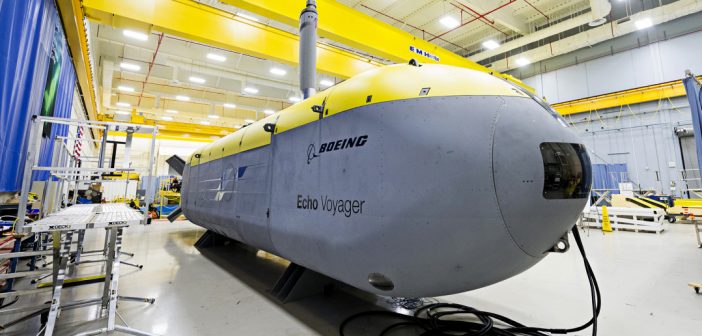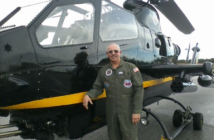In the world of technology, the present time might well be labeled the Age of Drones. Unmanned Aerial Vehicles, or UAVs, or just drones, have taken over much of the dangerous, difficult, or just plain tedious work that used to be done by human pilots. This development has given rise to much speculation about the role of humans in the cockpit, some people wondering whether they will still be needed, at all. Now, that same phenomenon is invading the vast, undersea world that once was the exclusive domain of the submarine. Autonomous Undersea Vehicles, or AUVs are growing in capability and sophistication, doing dangerous, difficult, and tedious work that submariners have long performed. Fred Sheldon, a program manager at the Boeing Defense, Space & Security Division, has prepared a fascinating presentation, revealing some of the amazing developments in this very special area of new technology.
About our speaker:
FRED SHELDON PROGRAM MANAGER, BOEING ECHO VOYAGER
Fred Sheldon is program manager for Advanced Technology Programs, a business area within Boeing Defense, Space & Security that develops maritime acoustics and intelligence, surveillance and reconnaissance solutions as well as autonomous undersea vehicles. In his Our Speaker Jim Jones
Launch Day Commissiom Day current role, Sheldon is responsible for the development and application of Autonomous Undersea Vehicles (AUV) and projecting the future of AUV platforms and advanced applications in offshore oil and gas and environmental spaces. He has successfully led a diverse portfolio of mission developments and deployments for a variety of customers, including the U.S. Navy, the National Oceanic Atmospheric Administration and commercial markets. His efforts include the very first demonstration of an AUV’s ability to launch and recover through the torpedo tubes of a submerged submarine. Previous assignments include program manager for Quicksilver/Phoenix, a $31 million development and operations maintenance contract; systems engineering integration and test manager for the AN/BLQ-1 Long Term Mine Reconnaissance (LMRS) program; systems engineer and lead test director for LMRS and systems engineering lead for the Naval and Electronic Navigation – Fiber-Optic Gyro Navigation program, where he supported the development and analysis of system mechanization. Sheldon holds a bachelor’s degree in mathematics from Humboldt State University.



